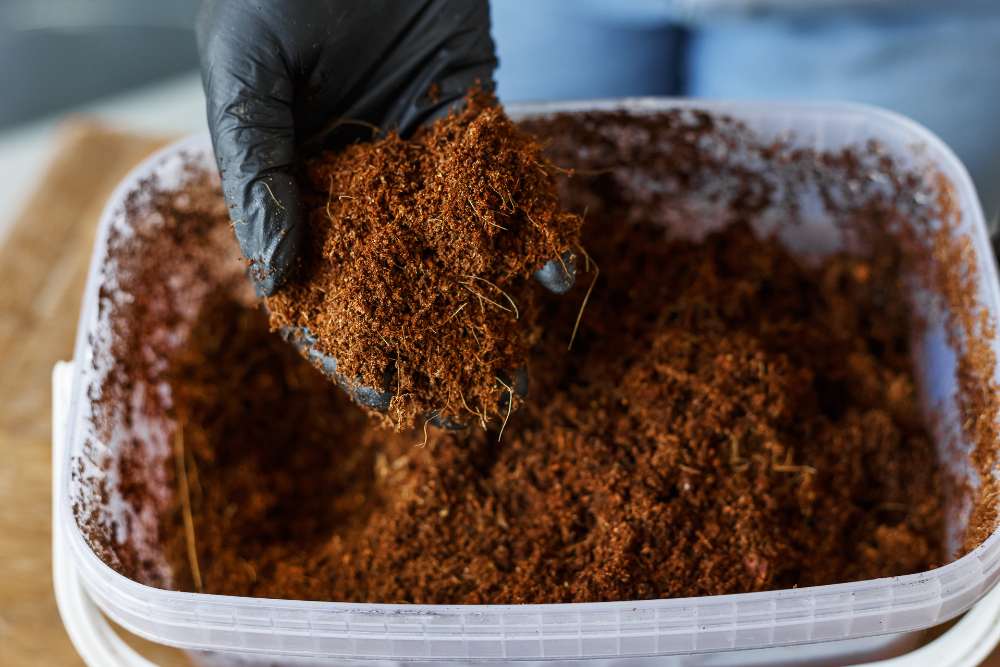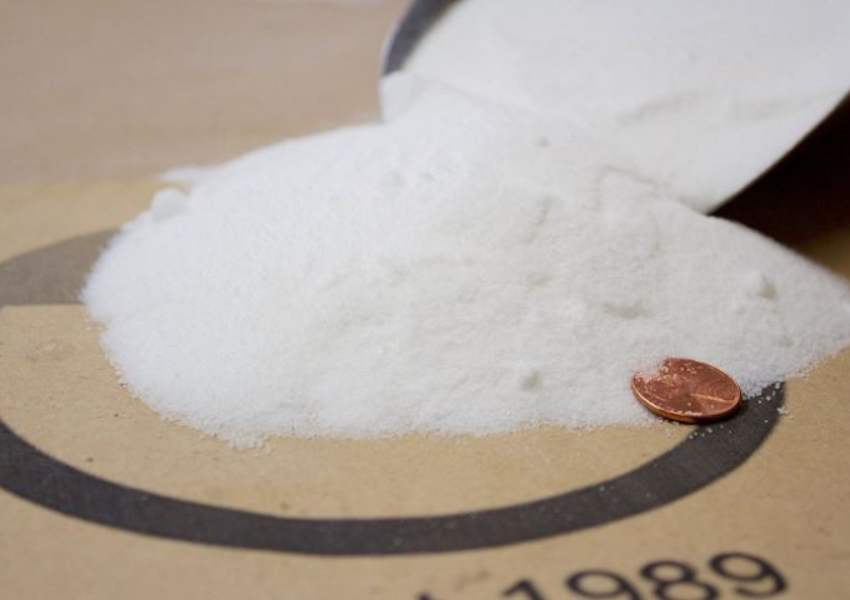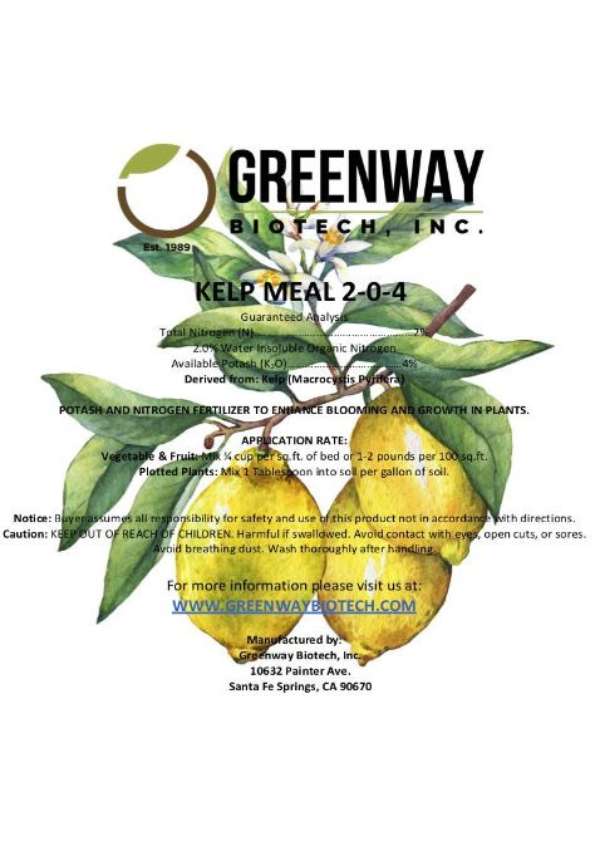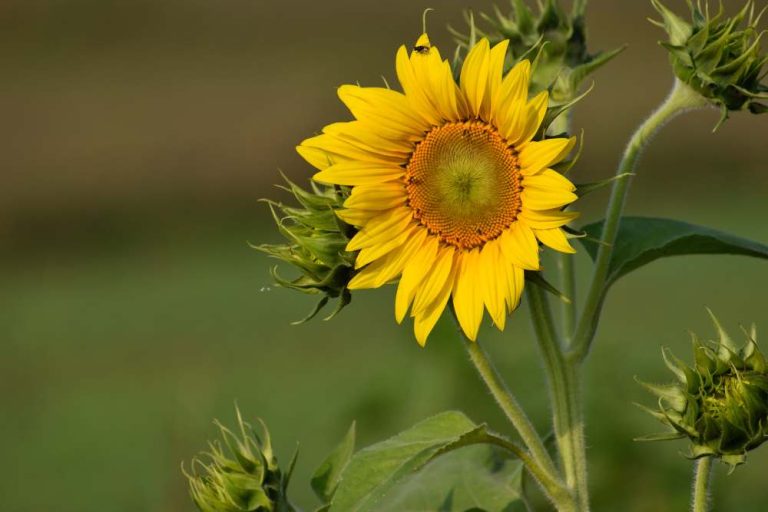Ultimate Guide To Choosing The Best Organic Potassium Fertilizer For Your Plants
One of the most important elements soil needs to support plant growth is potassium. It benefits the plant’s overall health. The primary function is to assist plants in their production of proteins.
Potassium helps protect plants against cold, heat, various diseases brought on by pests, etc., particularly during unfavorable seasons. Its secondary function is to aid in the movement of nutrients and water up and down the plant’s vascular system.
Organic fertilizers are a significant source of naturally occurring Potassium. Although there are chemical-based fertilizers on the market as well, they are more harmful to plants than beneficial because they upset the soil’s general nutritional balance.
As a result, organic fertilizers are the most effective. Additionally, if the organic fertilizer is made from cow manure, it offers an added benefit because it aids nutrient retention in the soil for a more extended period. This gradually lowers the upkeep cost and extends the time the plants are protected.
Here we discuss the best organic potassium fertilizer. All product recommendations can be found at the end of the article.
What Are Fertilizers High In Potassium?
Fertilizers high in Potassium have a more significant proportion of Potassium than the other two macronutrients (nitrogen and phosphorus). Commercial brands of potassium-rich fertilizer can be identified by nutrient percentages such as 10:12:22, which signifies the macronutrient concentration is 10% nitrogen, 12% phosphorus, and 22% potassium.
The ratio values that may be found on commercial fertilizer brands are known as “NPK ratios.” Each figure represents the fertilizer percentage of nitrogen, phosphorus, and Potassium. Nutrients in a 5-5-5, 10-10-10, or 12-12-12 fertilizer are in a 1:1:1 ratio to one another.
These three NPK ratios all imply a balanced fertilizer with equal amounts of each macronutrient. The main difference between a 12-12-12 fertilizer and a 5-5-5 fertilizer is that a 12-12-12 fertilizer requires 7 percent less nitrogen, phosphorous, and Potassium than a 5-5-5 fertilizer; therefore, you need to use less of the former.
The remaining product components are fillers with no adverse effects on the plant. Smaller plants should be fertilized with lower macronutrient percentages, whereas larger plants should be fertilized with greater macronutrient percentages.
Compared to conventional, chemically generated fertilizers, homemade, organic fertilizer formulas typically contain less concentrated levels of the target nutrients. This reduces the possibility of over-fertilizing plants. It is also more environmentally friendly because there is less danger of extra fertilizer being released into the environment.
How Do Plants Respond To Potassium?
Potassium is necessary for the growth and development of plants. Potassium is beneficial: Faster plant growth, better use of water and become more drought tolerant, Defeat disease and pest resistance, grow stronger, and Increased crop production. In all plants, potassium aids in all plant processes. A plant performs better when it has enough potassium.
What Symptoms Of Potassium Deficiency Are Seen In Plants?
Plants that are deficient in Potassium perform worse than they should. As a result, identifying particular indicators of potassium depletion in plants can be challenging. When there is a significant potassium deficit, you may see various symptoms in the leaves: Brown dots, yellow margins, yellow veins, or brown veins, and especially older leaves.
Organic Sources of Potassium For Plants

1. Banana Peels
Banana peels are high in Potassium and low in nitrogen, phosphorus, and magnesium. Instead of throwing away the peel of your next banana, why not use it as a potassium source for soil? Banana peels can be chopped into 1-inch pieces or blended with water and added to the potting soil. In addition, banana peels can be composted.
2. Wood Ash
Wood ash is an excellent potassium source for both fruit and vegetable crops. Sprinkle it lightly over the potting mix, or add it to your compost pile. Please don’t overdo it, as wood ash includes lime, which raises the pH of the soil.
3. Aged Manure
Aged manure is a natural supply of Potassium and other nutrients for the soil. The nutrients in manure will be released gradually over time. Many types of manure may be available depending on where the raw materials come from.
4. Compost
Composting is a natural and organic way to boost the soil’s nutrient availability. Peels from fruits and vegetables can be added to the compost to increase potassium levels. As previously said, banana peels are a great source of Potassium for compost.
5. Alfalfa Pellets
Alfalfa is a plant that requires a lot of Potassium to grow. As a result, the plant has a high potassium content. Although alfalfa pellets are primarily used as animal feed, their application as a green fertilizer in plants has expanded over time.
The pellets cannot be applied directly to the ground since they won’t decompose quickly enough to be absorbed by the soil. Before being used as fertilizer, the pellets must be broken and composted. It is definitely worth the effort to compost the alfalfa because the pellets include all the macro – and micronutrients necessary for plant growth and improve the quality of the soil.
The best method for producing an alfalfa fertilizer is to use 100% dry pellets, such as Walt’s Organic Alfalfa Pellets, which are sun-cured and have no additives. The remaining ingredients are water and a small amount of sugar. The mixture must be covered and insulated so that the heat can speed up the decay and breakdown process. In two days, the insulation will make the fertilizer usable.
6. Kelp Meal
It gives the plants the macronutrients they need—nitrogen, phosphorus, and potassium—while also enhancing the soil’s quality. Kelp meal can be applied in a variety of ways to plants. It improves soil quality while providing the plants with the nitrogen, phosphorous, and potassium macronutrients they require. Kelp meal can be applied in a variety of ways to plants.
This concentrated fertilizer comes in a 907 g bottle and can produce roughly 180 gallons (681 liters) of fertilizer when diluted. Unlike other kelp-based fertilizers, it works well and does not have a strong odor. Although it can be mixed with potting soil, most farmers and gardeners prefer water-soluble varieties.
7. Granite Dust
Granite dust, also known as granite slurry, is a valuable byproduct of granite manufacture that is highly prized as a fertilizer in the agricultural and commercial gardening industries. It’s relatively inexpensive because it’s a waste byproduct of the cutting and polishing processes.
Magnesium, calcium, and aluminum are among the macro- and micronutrients abundant in granite dust that are essential for plant and crop growth. Because granite dust is water soluble, some of the Potassium in it is immediately available to plants.
Over time, the residual Potassium penetrates into the soil, enhancing its overall quality. Before employing granite dust as fertilizer, it’s necessary to keep in mind that it can also neutralize acidic soils. It’s an excellent supplement to the potting soils of crops and plants that like more alkaline soils.
8. Greensand
Greensand is a type of sea sediment that can also be found as rocks. Greensand is a slow-release mineral fertilizer that is also high in Potassium. The advantage of Greensand is that, unlike most other fertilizers, too much Greensand will not harm the plant. For potting mix for houseplants, two tablespoons of Greensand per gallon works well.
Your plants will absorb the Potassium they require, while the remaining Greensand will remain in the soil, keeping it aerated. This natural fertilizer is non-toxic to pets and does not kill vital soil microbes and worms.
One of the most effective uses for Greensand is as a soil conditioner. This product is a fine powder that can be easily blended with potting soil and is very inexpensive. In the winter, add greensand powder to the soil to replenish it and prepare it for planting and replanting in the spring.
9. Potassium Sulphate
Potassium sulfate, often known as Sulphate of Potash, is a byproduct of mining and doesn’t require any further processing. It is highly water-soluble and quickly delivers Potassium to the soil. One of the most common potassium-based fertilizers used in agriculture and gardening is potassium sulfate.
It is more expensive than the regularly used potassium muriate, but it efficiently improves yield quality in garden plants such as tomatoes. Potassium sulfate is more effective than muriate because it introduces sulfur into the potting soil, which is required for plant growth and yields.
10. Muriate of Potash Granules
Potassium muriate or potassium chloride is the most widely available and widely used potassium-based fertilizer.
This kind of muriate of Potash is an organic source of potassium chloride for plants that is well-known for being simple to apply and effective, with most gardeners reporting a significant increase in yield size. It is usually found in granular form and is mined from rock sources.
Because the muriate of Potash is a direct potassium fertilizer, it has a higher percentage of total Potassium than other fertilizers. It is also less expensive than other compound fertilizers. Muriate can cause salt-based harm to plants, particularly seeds and young plants, if applied excessively.
11. Comfrey
Comfrey is an evergreen plant native to North America, Europe, and South Asia. Because of its ability to store nutrients and raise soil quality, it is referred to as a dynamic accumulator. The plant can be used in a variety of ways. Simply planting comfrey improves topsoil quality by boosting nutrient levels by 47% – 232% over time.
The mulch can also be produced entirely of comfrey leaves. Liquid fertilizer can be prepared by steeping shredded leaves in water for 3 to 6 weeks in a closed container. The resulting fertilizer has a strong odor but can be applied directly to the plants.
The leaves provide the soil with all macronutrients, not only Potassium. However, because of its high potassium content, comfrey is a good fertilizer for plants such as tomatoes, potatoes, peppers, and cucumbers.
12. Coffee Grounds and Tea Leaves
Tea leaves and coffee grounds are excellent sources of vital soil nutrients. Both coffee grounds and tea leaves are high in nitrogen, phosphorus, and Potassium, and dried grounds are higher in these nutrients than fresh grounds.
Composting is the most excellent fertilizer method for using coffee and tea grounds. They can be included in composting mixtures as long as the compost volume of coffee and tea grounds is between 20 and 35 %.
If this percentage is more than 35%, it may stop the compost from decomposing. Because the composted coffee and tea grounds have a pH of 7, they can be utilized for all plants, not only those that can withstand acidic soil.
Tea leaves and discarded coffee grinds can be steeped in water to create a liquid fertilizer. The resulting weak coffee or tea can then be used as plant fertilizer.
Working used grounds into the soil is the best way to apply them. A spoonful should be enough; use less in the same pot. More than that, the grounds and leaves can prevent water retention. They shouldn’t be allowed to degrade on top of the soil as that would promote the formation of fungus that could harm the plant.
13. Cucumber Skin Ash
Cucumber peels can be burned to create ashes that are a great source of Potassium for your garden, similar to how wood ash is produced.
Like other peels and fruit leftovers like banana peels, cucumber skins are high in phosphorus and Potassium, and the amount of these nutrients rises when they are dried out or burned into ashes. The ashes can be added to potting soil or diluted with water to provide a quick-release potassium supply. While these are not readily available and unsuitable for large-scale applications, they are useful in residential gardens.
14. Bat Guano
The excrement of seabirds and bats is known as guano. With 1.5% potassium by weight, bat guano is a good source of Potassium. Finding bat guano on your own might be challenging. As a result, you will need to purchase it from a store or online. The effectiveness of bat guano lasts for about a month or two and has a modest release time.
One warning is that the pH of bat guano is low (that is, it is very acidic). Therefore, apply it carefully to prevent burning your plants due to a fast pH change. If your soil has a high pH, you should only utilize bat guano directly; otherwise, you should combine it with your compost to reduce the acidity.
Here’s an interesting fact for you: after years of accumulation, bat guano can eventually serve as a source of rock phosphate when the excrement solidifies into rock strata. In addition, bat guano includes 4% to 8.6% phosphorus and 5.5% to 8% nitrogen by weight, making it a fantastic all-purpose fertilizer that offers adequate of each component.
15. Potassium Chloride (Muriate of Potash) 0-0-62

16. Potassium Sulfate Fertilizer 0-0- 53

17. Kelp Meal Fertilizer 2-0-4

18. Sulfate of Potash Magnesia 0-0- 21.5

19. The Muriate of Potash Granules by Easy Peasy

20. Maxicrop Kelp Meal

21. Walt’s Organic Alfalfa Pellets

22. True Comfrey by Earthcare Seeds

Frequently Asked Questions
How Do You Deal With Too Much Potassium in the Soil?
Too much Potassium in the soil will burn plants, especially seedlings or seeds, and must be changed or flushed out with water. The soil must be cleaned and allowed to dry completely before being done several times to ensure that all excess Potassium has run off.
Is Potassium the same as Potash?
Potash is a potassium-based compound containing trace minerals and compounds. Potash is commonly referred to as potassium chloride, a salt used as a fertilizer and sold as a muriate of Potash.
What is the most effective method of adding potassium to the soil?
The quickest technique to treat low potassium is potassium sulfate (also known as potash sulfate). It releases potassium quickly and has a 50% potassium content.
When should I fertilize my garden with Potassium?
A: We recommend that you make all soil changes in the fall so the amendments can “take” throughout the winter and be ready to grow in the spring. However, we recognize that sometimes life gets in the way, and you may only have time to plant in the following spring.
If that’s the case, apply a quick potassium amendment (like potassium sulfate) to carry you through till fall, and then amend your beds with a potassium fertilizer that releases Potassium slowly, such as alfalfa meal or granite dust.
Is A High Potassium Fertilizer Required?
Various factors, including unique plant needs, soil nutrients, and the local environment, determine the need for a high-potassium mix to feed your plants.
For instance, sandy soils in regions with considerable rainfall frequently lack Potassium. If you need clarification about the nutrients your plants require, completing a soil test analysis is the best way to verify you’re providing the nutrients your plants need at any particular time.
- 29 Bucket Gardening Ideas for a Lush, Compact Garden - October 30, 2024
- 20+ Chic Boho Bedroom Ideas for a Cozy and Stylish Retreat - June 20, 2024
- 12+ Modern Boho Living Room Ideas to Create a Unique Oasis - June 10, 2024







